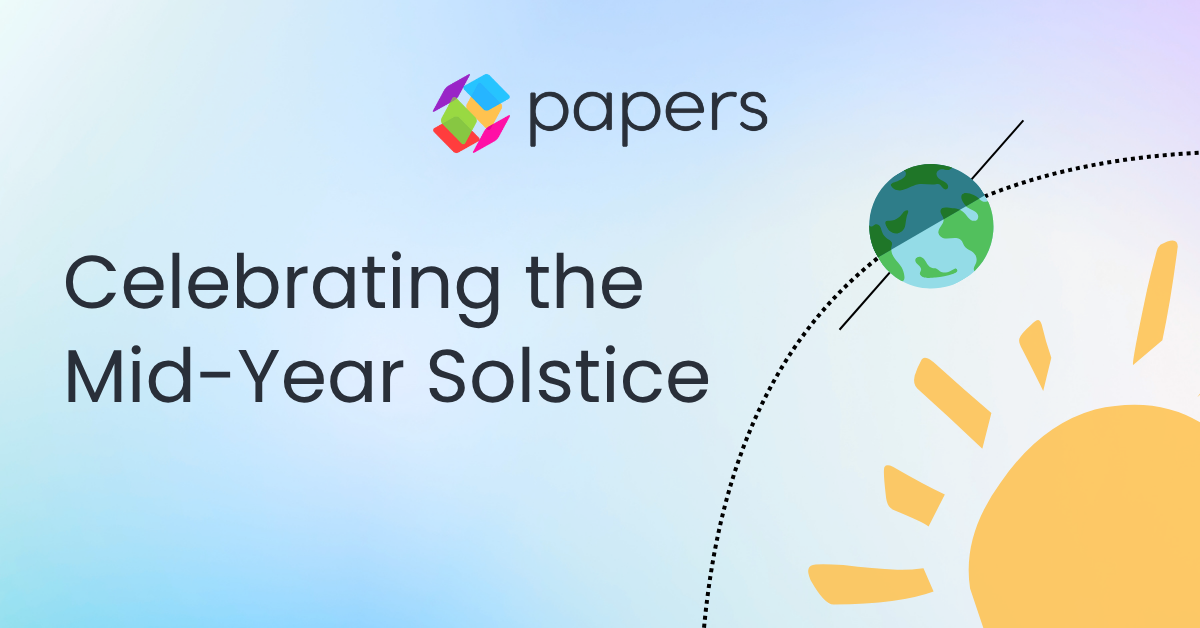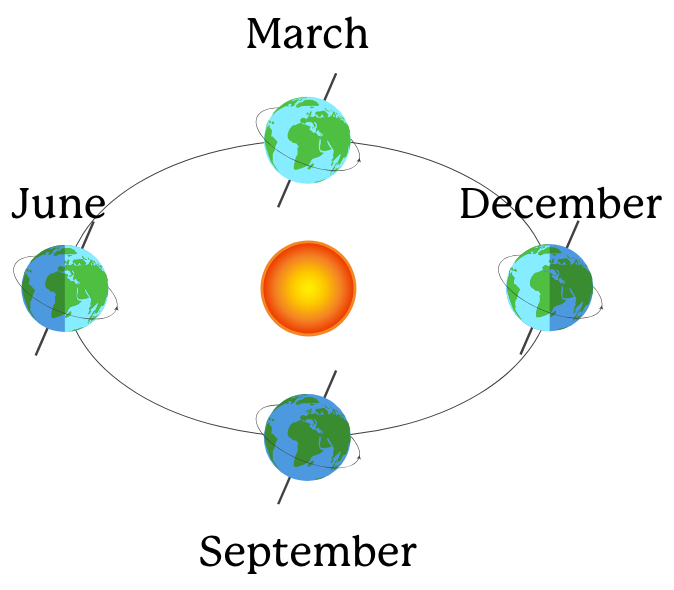Celebrating the Mid-Year Solstice

The solstice is both an astronomical event and a cultural celebration, a cosmic milestone where we celebrate the mid-point of the calendar year and the inflection point of when the sun is at its northernmost position in relation to the earth’s equator. In 2025, the June solstice will happen at 2:42 UTC on Saturday, June 21.
For anyone in the northern hemisphere, the June solstice is the longest day of the year. From this point forward until December 21st, the sunlight hours will slowly diminish. If you are in the southern hemisphere, this will be the exact opposite and you will begin to enjoy longer daylight hours and the approach of warmer months.
Why do our daylight hours vary by hemisphere and why does the amount of sunlight change throughout the year? The answer to this lies in understanding that the Earth’s rotational axis is tilted 23.5 from vertical. As the earth travels around the sun, the tilt causes different amounts of sunlight to shine on the earth during various times of the year. This variability in solar energy generates the seasons that govern so much of our lives on Earth.
Figure 1 illustrates how the earth’s tilt affects the amount of sunlight reaching land throughout the year:

Figure 2 is an image taken by NASA EUMETSAT’s Meteosat-9 of the day-night terminator on December 21, 2010, and March 20, June 21, and September 20, 2011. Each image was taken at 6:12 a.m. local time. The leftmost images show the solstices and illustrate both the tilt compared to the sun and also how the poles are in perpetual sunlight during this period.

The closer you are to each pole, the more dramatic a change in the number of daylight hours. Anyone living within the Arctic or Antarctic Circles, between the poles and approximately latitude 65°44′, will experience a period of days where the sun doesn’t rise or set. This phenomenon is known as the “midnight sun” and this perpetual daylight can last for months in the most extreme locales such as Svalbard, Norway and research stations in Antarctica.
The solstice was also a major astronomical event recognized by ancient astronomers. One of the most well known evidence for this is the Paleolithic monument Stonehenge, located in southern England. Similarly, Machu Picchu’s Torreón or Temple of the Sun also has a structure that is connected to the June solstice timing. It is oriented in such a way that the morning sunlight on the Solstice shines perfectly through a window.
Today, we may not need these aids to identify the changing of the seasons and know when to plant or mark time, but in a world increasingly shaped by technology, recognizing these astronomical events and their scientific underpinnings is vital. It connects us to ancient traditions while reminding us of the fundamental laws governing our planet.
At Papers, we are proud to support groundbreaking research and discovery across the globe. Just as the solstice highlights the powerful rhythms of our world, we celebrate the researchers whose work brings light to critical questions and drives meaningful impact. Happy Solstice from all of us at Papers!